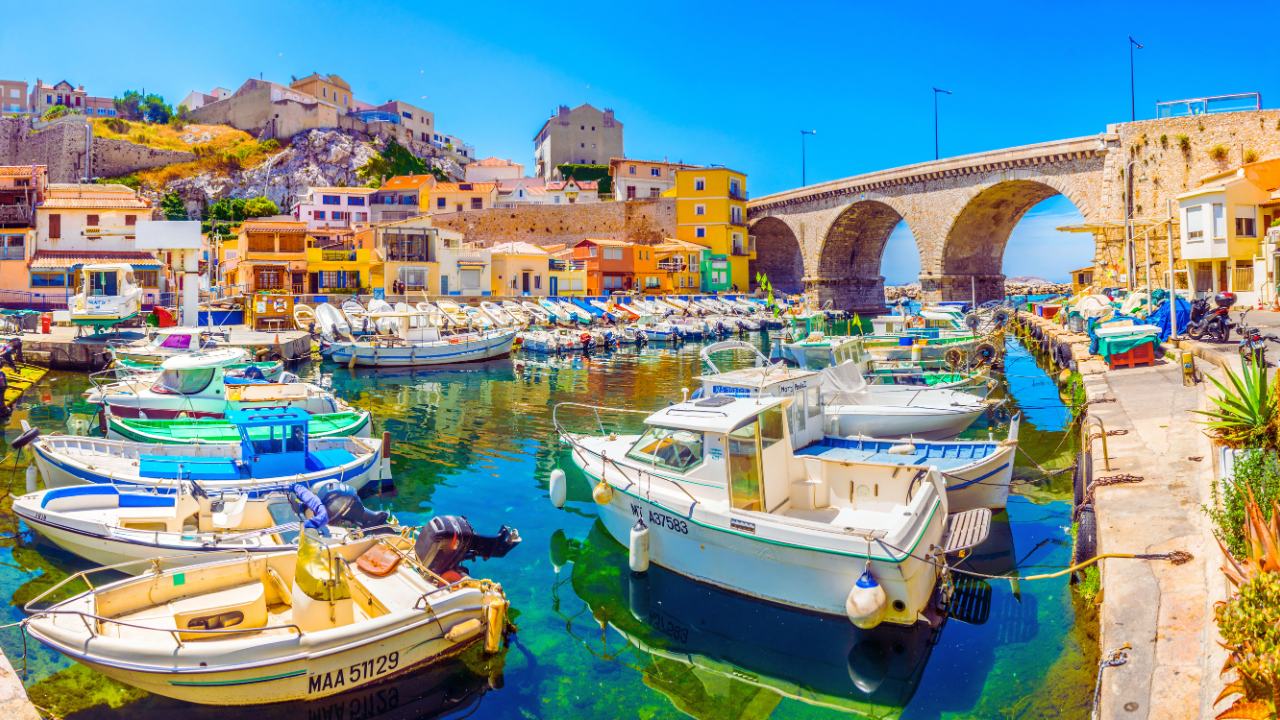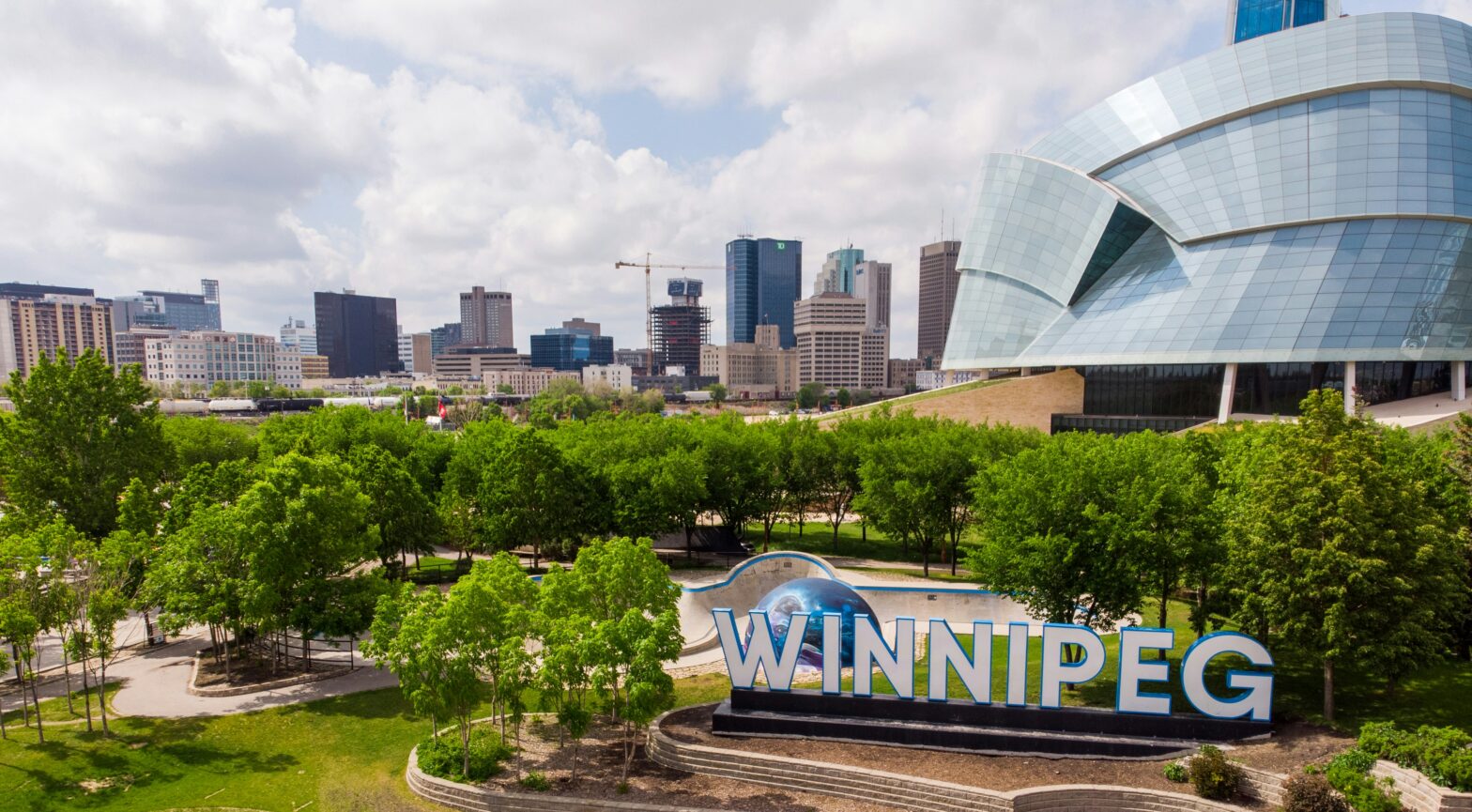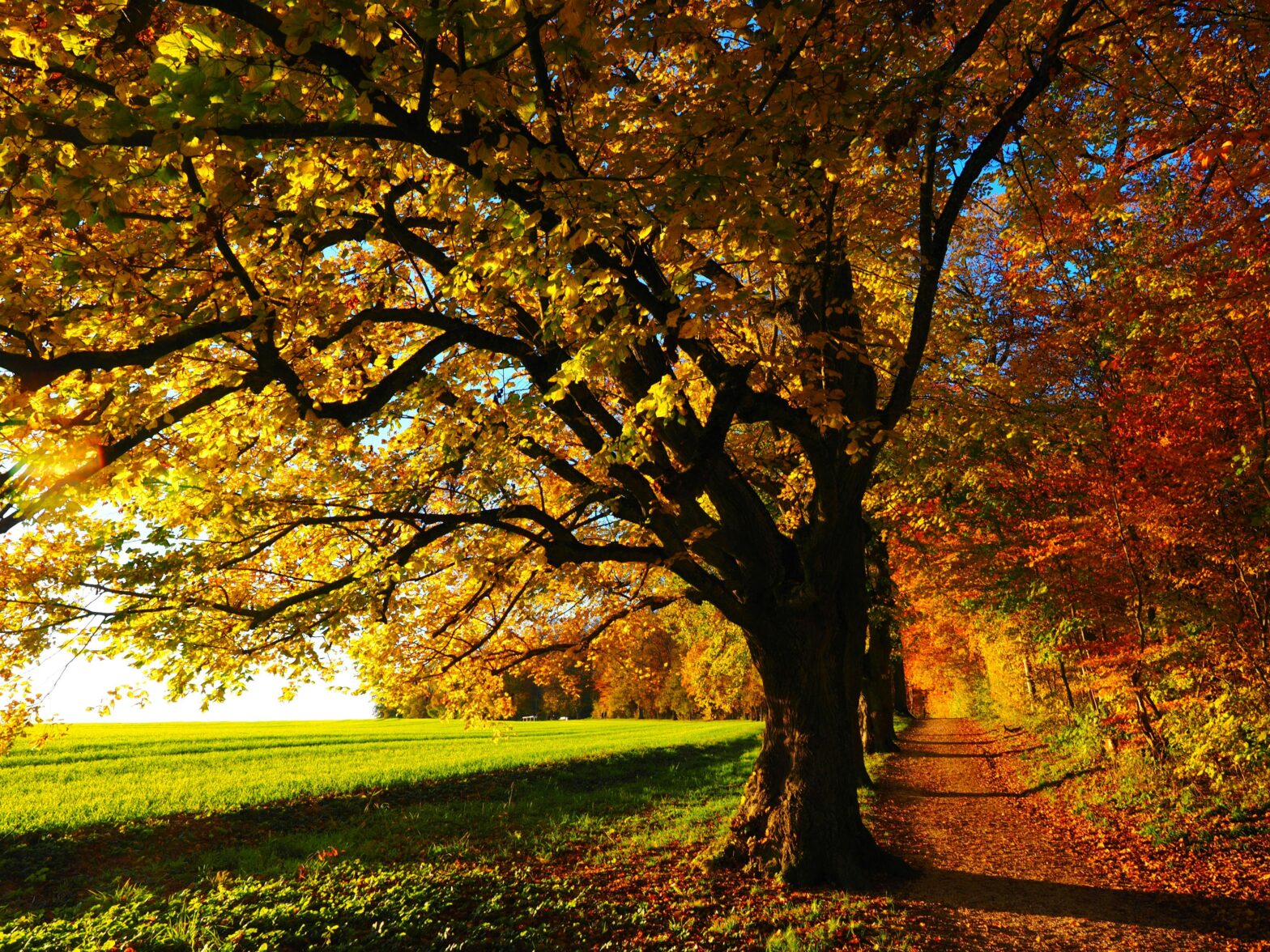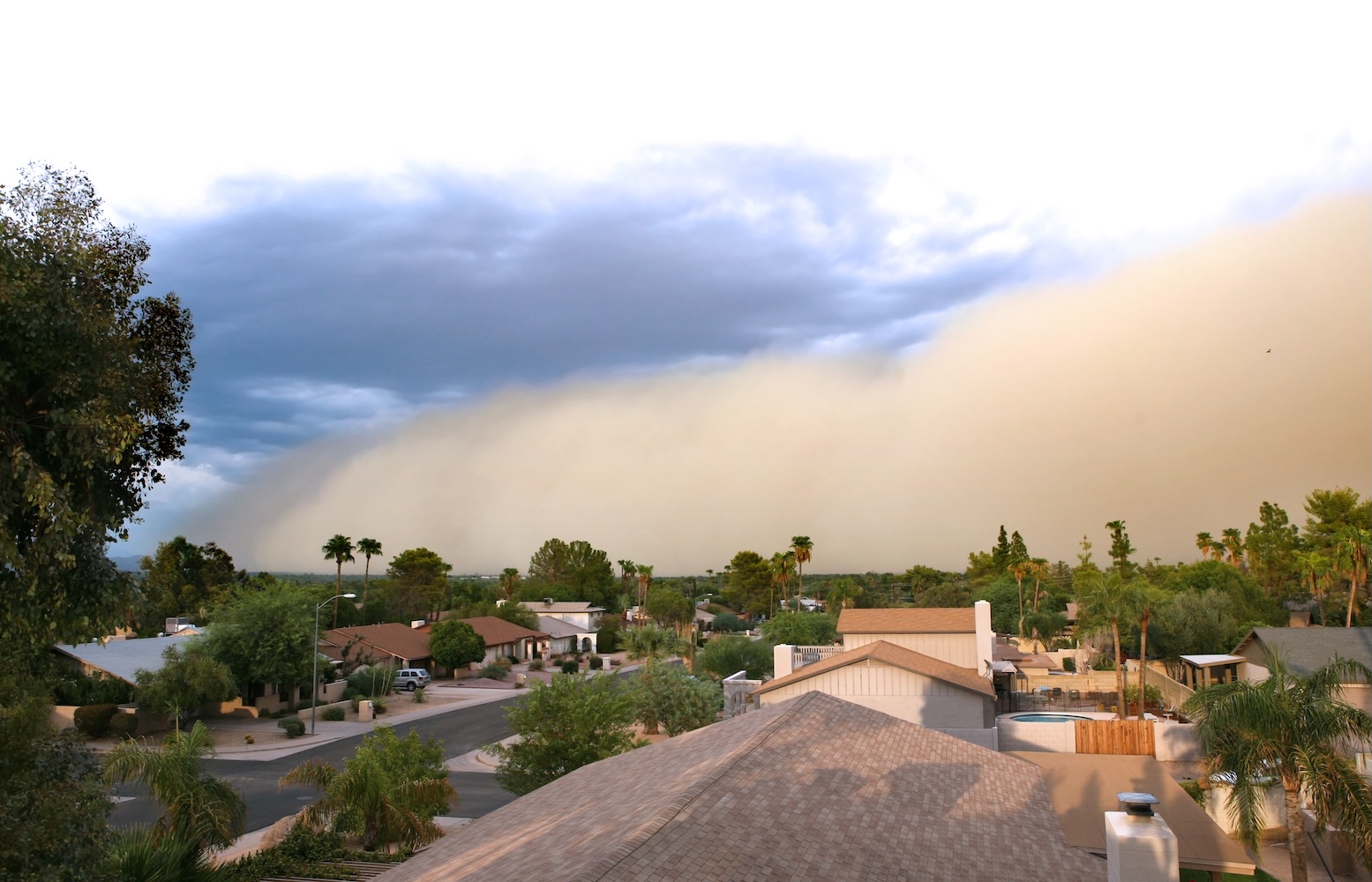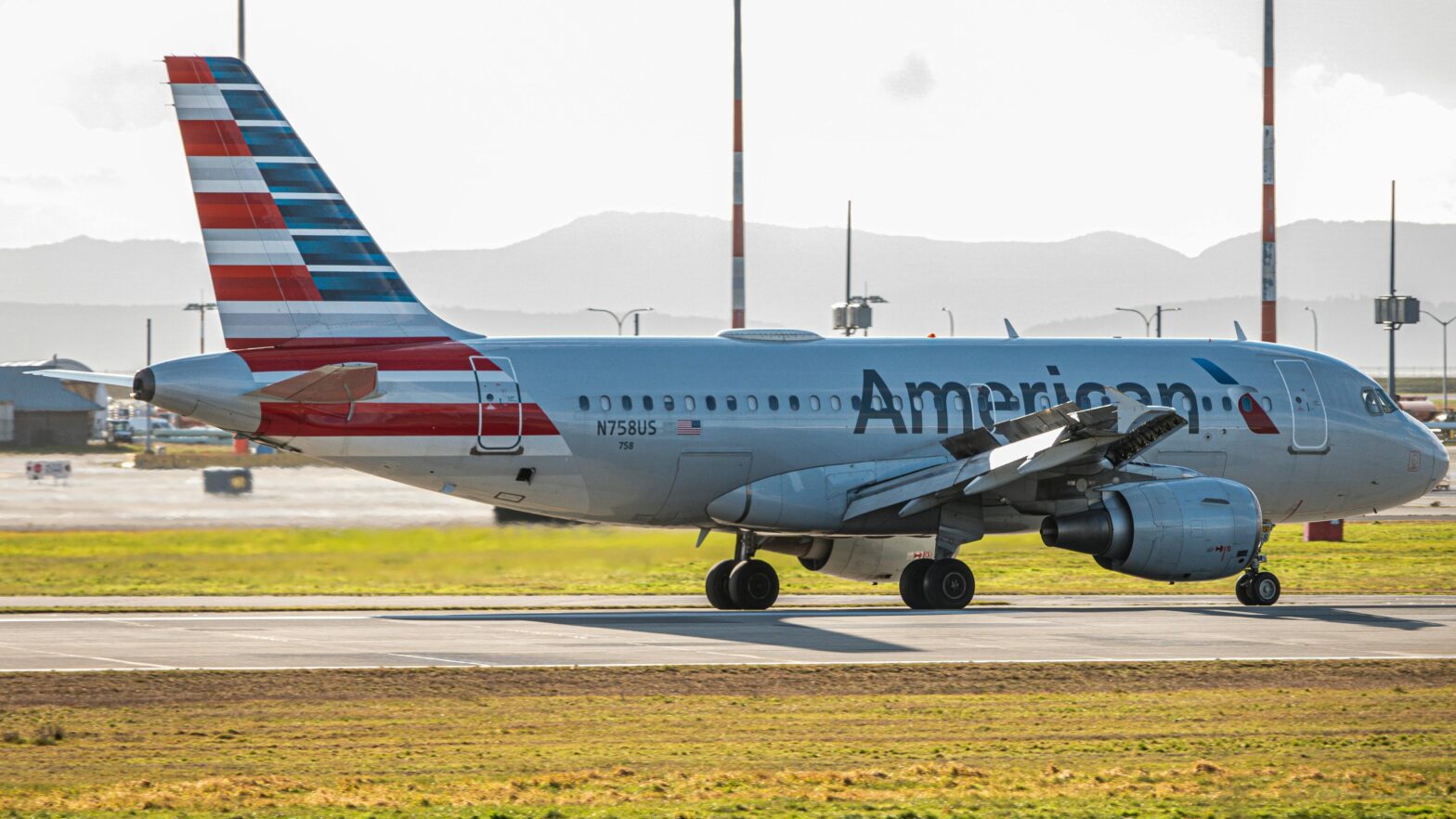Like many across the African diaspora, Sara Jabril holds the untold stories of her homeland, Somalia, close to her heart. The exception in Jabril’s case is that her mother’s documentation of Somalia led to a whole new way of connecting with the country. The Dhulka Hooyo Project is Jabril’s way of offering and inviting others to see Somalia through a personal and Somali-centered lens. Find out how the vintage photography project helped Jabril reclaim the narrative of her country and her creativity.
Tell us who you are?
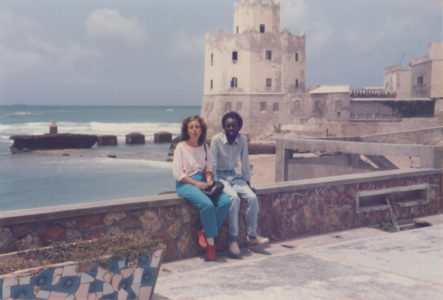
My name is Sara Jabril. I am an aspiring storyteller and Africa-focused content creator. I was born and raised in Berlin by a German mother and Somali father. Since 2015, I have been living in different African countries working on global development and strategic communications projects. Most recently, I am working on a project supporting the cultural and creative industries in three African countries.
What is the Dhulka Hooyo Project?
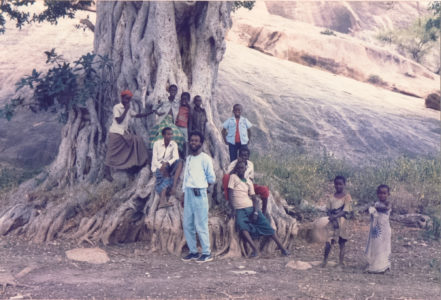
The Dhulka Hooyo Project is an online photography project which displays my mother’s photos of 1980s Somalia. ‘Dhulka hooyo’ translates to ‘motherland’ (literally) or ‘homeland’ (more broadly). My dad and aunt helped me in finding the right name for the project. The aim is to celebrate the history of the country’s rich culture, stunning landscape and its beautiful people. The online gallery paints a picture of the vibrant life taking place in Somalia more than three decades ago. ‘Dhulka Hooyo Project’ offers a glimpse of the beauty that was before the war. The same beauty that is taking shape again today.
What prompted you to start the Dhulka Hooyo Project?

More often than not, Somalia is still viewed solely in the context of conflict, suffering and instability. Over the years, the media has largely painted a picture of Somalia as a violent and conflict-ridden place. In no way did this constructed image correspond with what I saw in my mother’s photos. The sheer beauty of the landscape, the architecture and the people was overwhelming.
To this day, we’ve got an ongoing debate and continued criticism of the portrayal of the African continent. The focus tends to be on plight and suffering. When I saw my mum’s photos from the 80s, I was just so impressed by the everyday feel of the images and the more empowering visual storytelling elements. I found it imperative to share her photos.
Were there any challenges in getting this project out into the world?
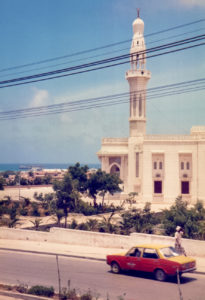
The only challenges, or tasks that were rather time intensive, were to digitally restore and digitise the photos as well as to build the website from scratch.
How has it changed or shaped your personal relationship with Somalia?
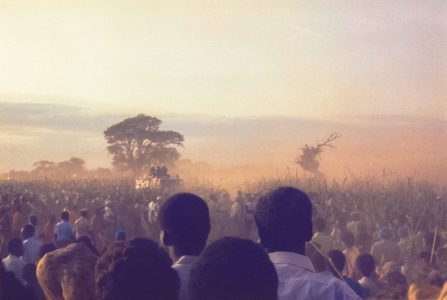
The war in Somalia started soon after I was born. I have never been to Somalia and we never had the chance to go on family vacations, as others in the African diaspora do. Growing up, narratives around Somalia were dominated by Western media and marred by negative stories. It was only when I rediscovered my mum’s vintage photos that I noticed how my perception had been influenced by what we might now link to the “danger of a single story”. The photos challenged my own misconceptions which gave way to hopefulness and pride. I really wanted to share that experience with others. The response was overwhelming. We received so many messages from young Somalis who had never seen their “dhulka hooyo” in this way, and many more messages of people now living in the diaspora who were reminded of their childhood or a past life.
What developments or new projects do you envision after this experience?
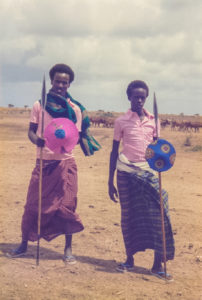
Social media has been a great tool for young Africans and the African diaspora to take ownership of their own narratives and representation. Since publishing the “Dhulka Hooyo Project”, my subsequent projects have all focused on this theme of changing narratives and empowerment. Together with Sleep in Africa, I developed a guide to Black-Owned Hotels and Rentals in Africa. I use my Instagram account as a visual diary to document travels across Africa. My dream is to finally visit Somalia in 2023 to recreate some of my mum’s photos.

